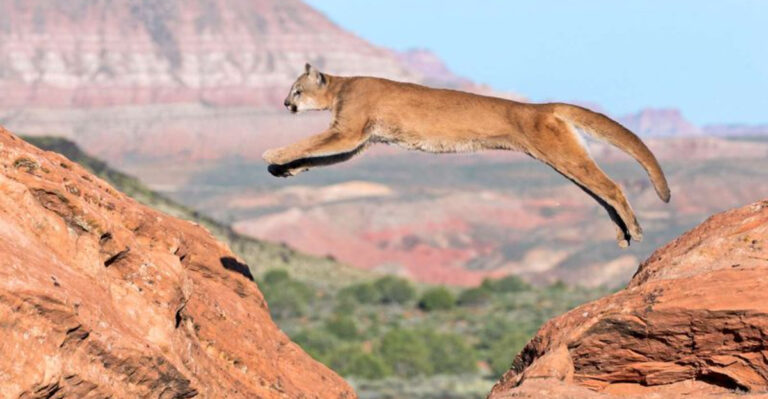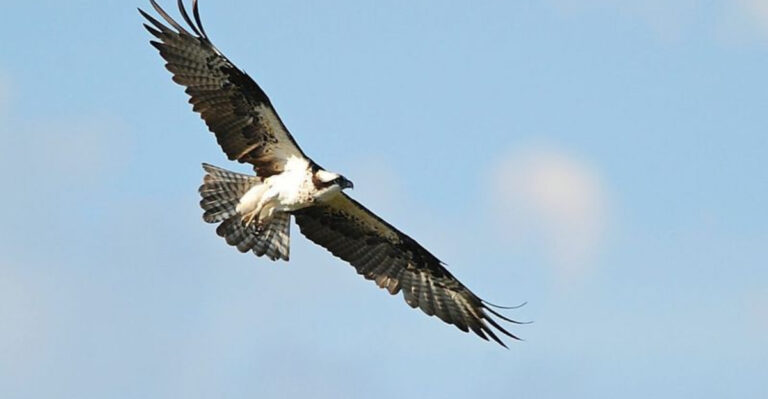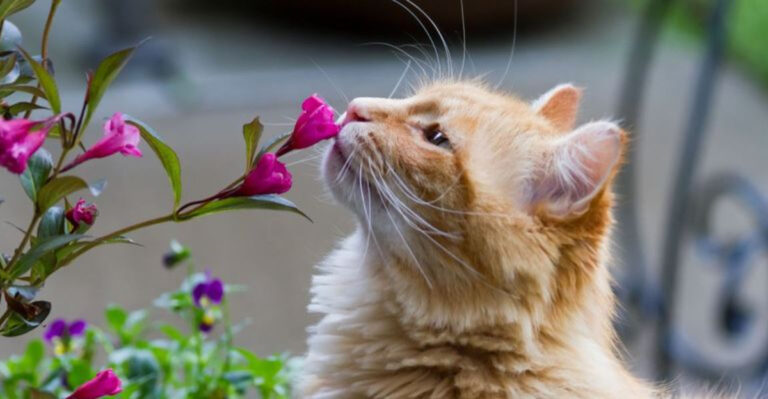The 14 Most Dangerous Cats In The World, Ranked
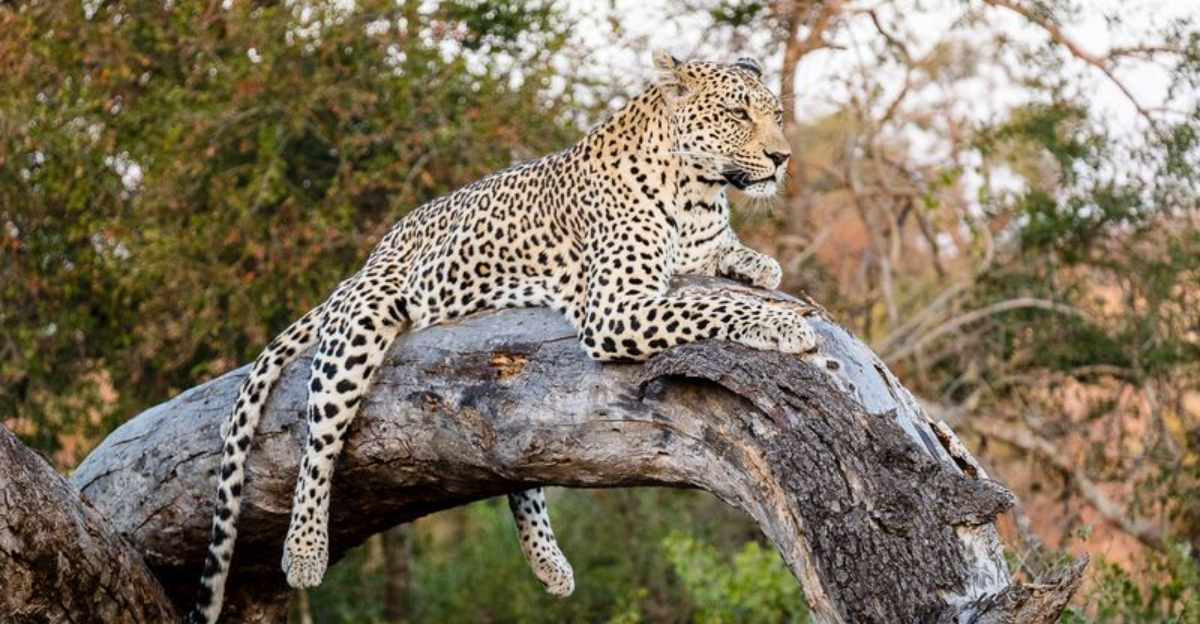
Cats might seem cute and cuddly, but some of them pack a wild punch. From the silent stalkers to the audacious ambushers, the world of felines has its fair share of daredevils. Here’s a countdown of formidable felines that you probably wouldn’t want to cross paths with.
14. Caracal
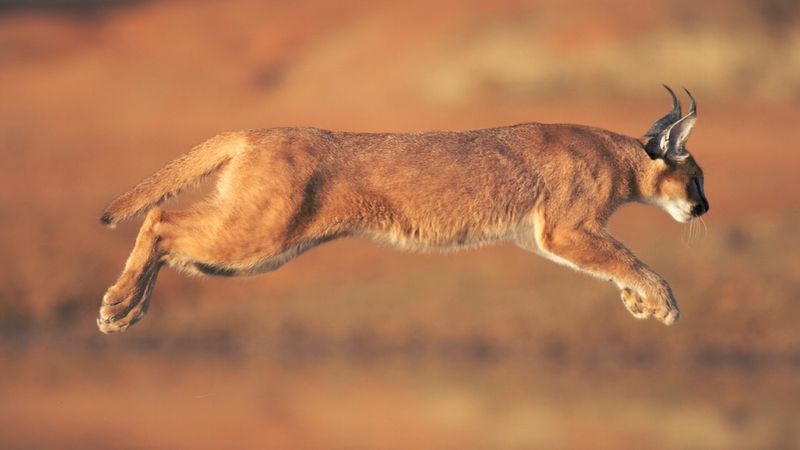
Ever heard of the caracal’s acrobatic prowess? This sleek feline can leap up to ten feet high to catch birds mid-flight. Just imagine that! Its tufted ears aren’t just for show; they help detect the faintest sounds.
Known for its reddish-brown coat, the caracal is a master of camouflage in its arid habitat. Fiercely territorial, they’re often solitary and prefer to keep to themselves.
13. Ocelot
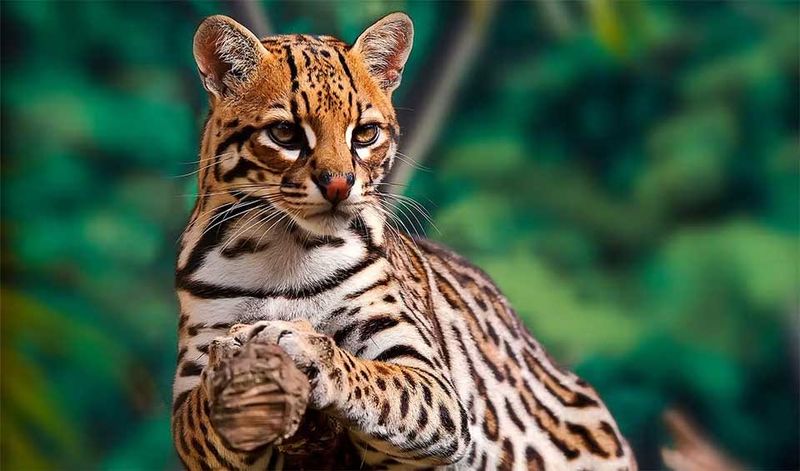
With a coat that looks like nature’s artwork, the ocelot is a nocturnal marvel. This medium-sized cat prowls the night, using its keen senses to track prey.
Fond of dense jungles, it’s often found in Central and South America. The ocelot’s spotted fur helps it blend into the forest floor. These solitary hunters are agile climbers too, often resting in trees during the day.
12. Clouded Leopard

Ever seen a clouded leopard’s canines? They’re as long as a tiger’s, proportionally speaking. This arboreal wonder leaps from tree to tree with unmatched grace.
Found in the forests of Southeast Asia, its cloud-like spots offer perfect camouflage. Known for its solitary and elusive nature, this feline is rarely seen, making every sighting a special event.
11. Serval
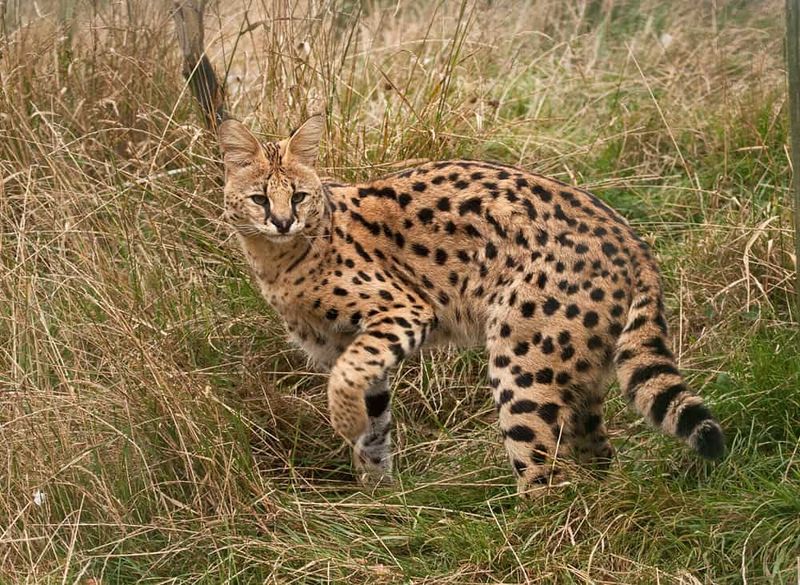
With ears like radar dishes, the serval is the best listener in the savannah. Its extraordinary hearing helps it locate prey hidden in the grass. Tall and slender, the serval’s long legs make it a remarkable jumper.
This solitary hunter prefers wetlands and grasslands, using stealth to catch rodents and birds. Its spotted coat is both beautiful and functional for blending in.
10. Snow Leopard
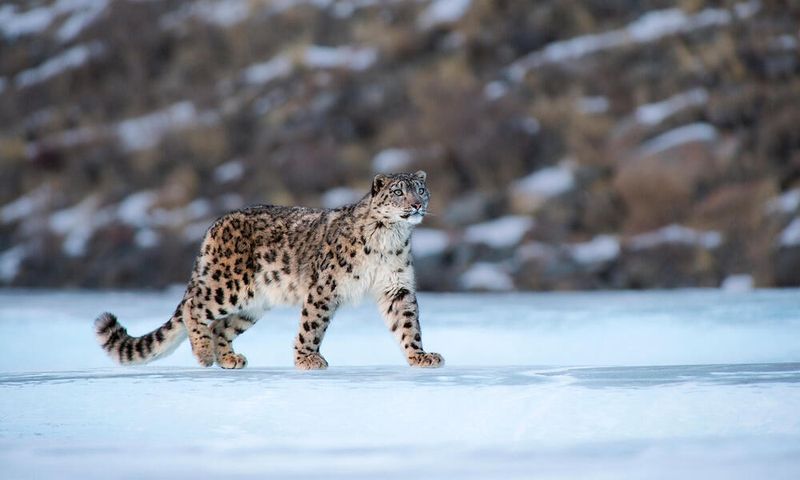
High in the Himalayas, the snow leopard is the ghost of the mountains. With thick fur and a long tail, it’s built for the cold. Their pale, spotted coats blend seamlessly with snowy landscapes.
These solitary cats are elusive, often more felt than seen. Known for their incredible leaping ability, snow leopards can jump six times the length of their body to capture prey.
9. Lynx
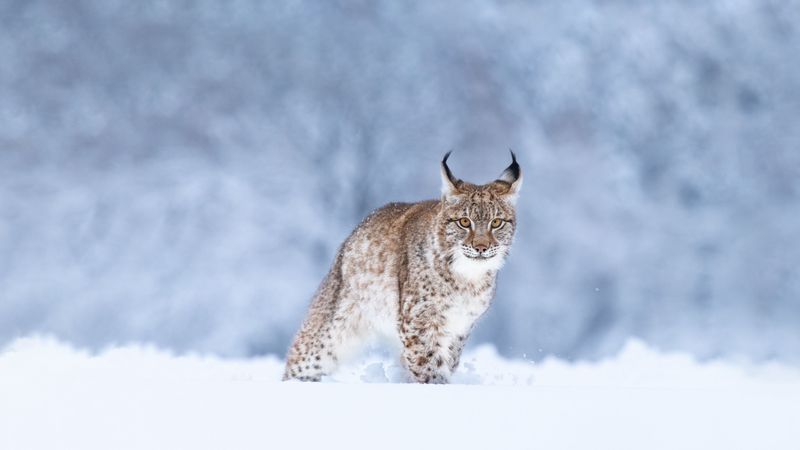
Ever wondered about those ear tufts? They’re the lynx’s secret weapon for enhancing hearing. This medium-sized cat thrives in snowy landscapes, from Europe to North America.
Its thick fur keeps it warm during harsh winters. Known for its short tail and tufted ears, the lynx is an excellent stalker. Solitary by nature, it’s a patient hunter that quietly waits for its moment.
8. Cheetah
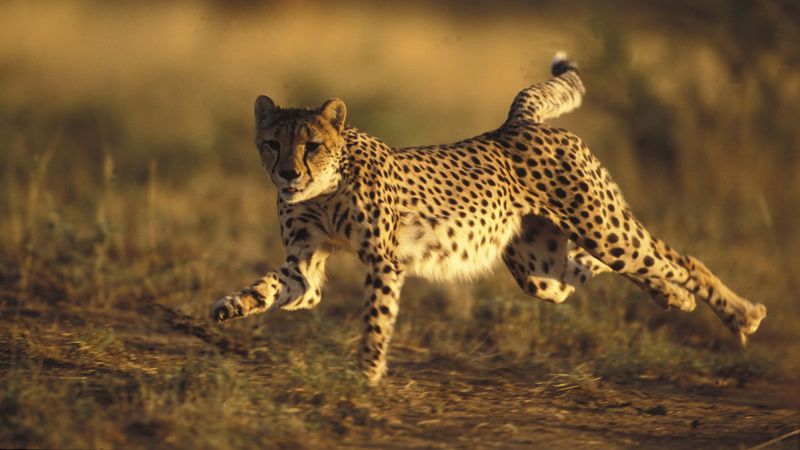
Fastest land animal on Earth? That’s the cheetah, clocking speeds up to 60 mph. Known for its slender build and black tear lines, this big cat is built for speed.
The cheetah’s lightweight frame and long legs make it the ultimate sprinter. Preferring open plains, it uses bursts of speed to catch prey. Unlike other big cats, cheetahs rely on their sight rather than smell.
7. Jaguar
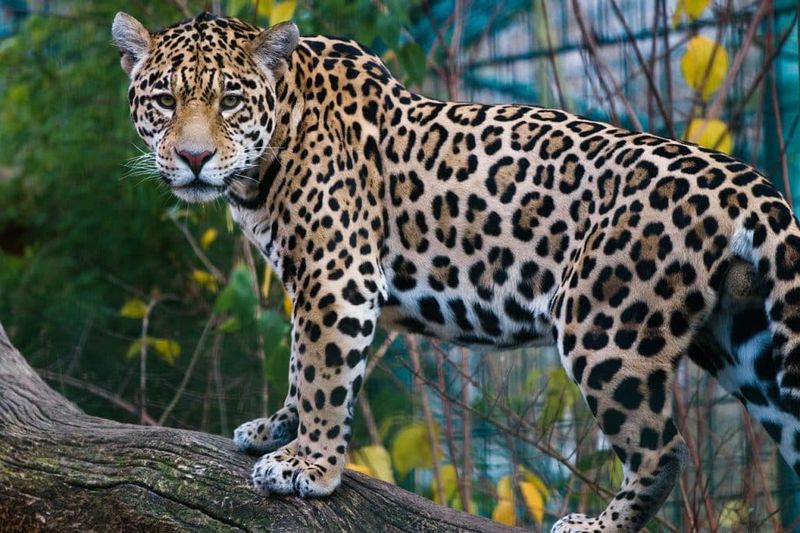
Did you know the jaguar has the strongest bite of all big cats? This makes it a formidable predator in the dense jungles of South America. Its rosette-patterned coat provides excellent camouflage among the foliage.
Jaguars are known for their swimming skills, often hunting in rivers. Solitary by nature, they prefer to ambush prey rather than chase it down.
6. Leopard
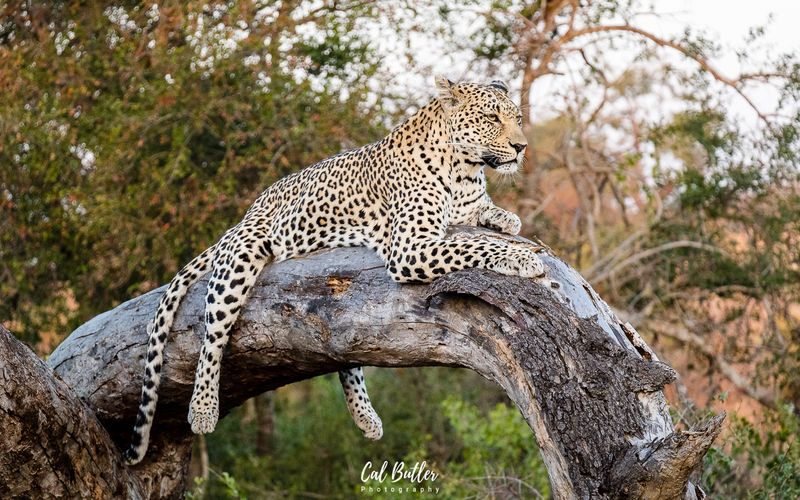
Not to be confused with a jaguar, the leopard is a master of adaptability. Found in Africa and parts of Asia, it thrives in various habitats from savannas to forests.
With a powerful build and keen senses, leopards are stealthy hunters. They carry their prey into trees to avoid scavengers. Their rosette-patterned coats provide perfect camouflage, allowing them to ambush prey efficiently.
5. Puma (Mountain Lion)
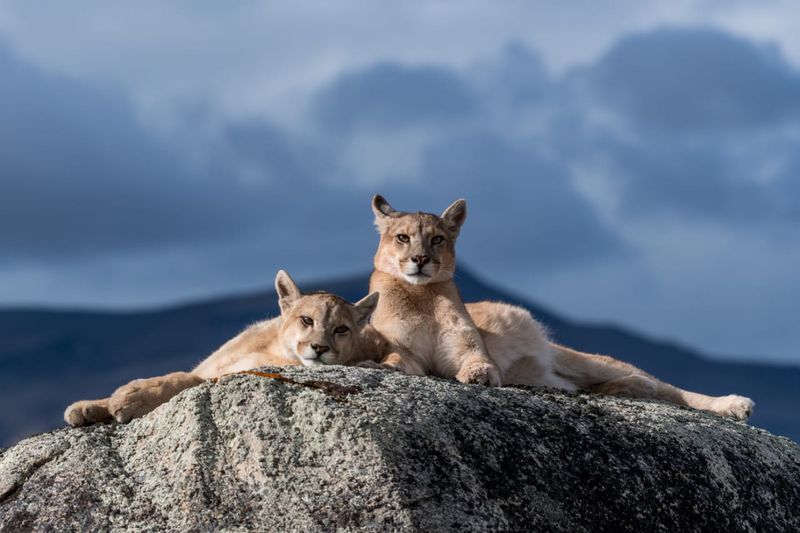
Pumas are the chameleons of the cat world, adapting to environments from snowy mountains to desert landscapes. With a muscular build, this solitary predator is a proficient stalker.
Known as mountain lions, cougars, or panthers, names vary by region. Despite their size, pumas are more closely related to smaller felines. Their agility and powerful limbs make them effective hunters.
4. Bengal Tiger
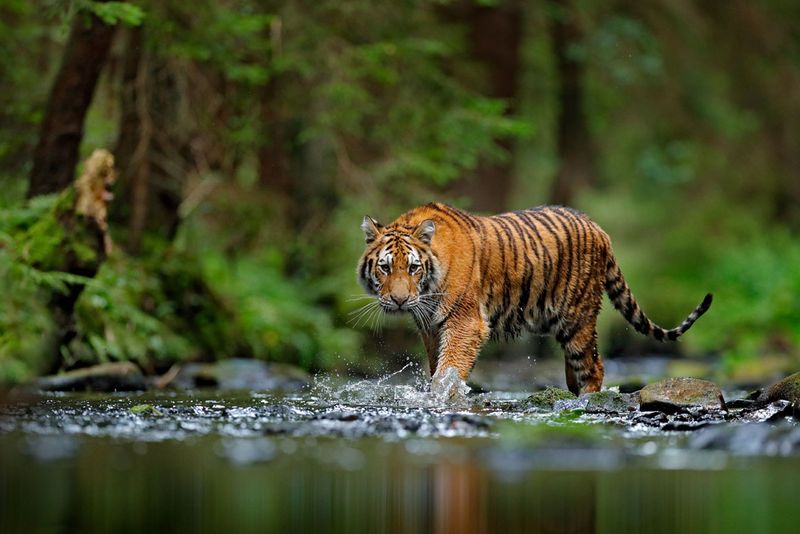
Admired for its regal appearance, the Bengal tiger is both majestic and powerful. Found mainly in India, its striking coat of black stripes against orange fur is unmistakable.
These solitary animals are apex predators, relying on stealth and strength. Known to swim across rivers, Bengal tigers are versatile hunters. Their roar can be heard over two miles away, a testament to their dominance.
3. Siberian Tiger
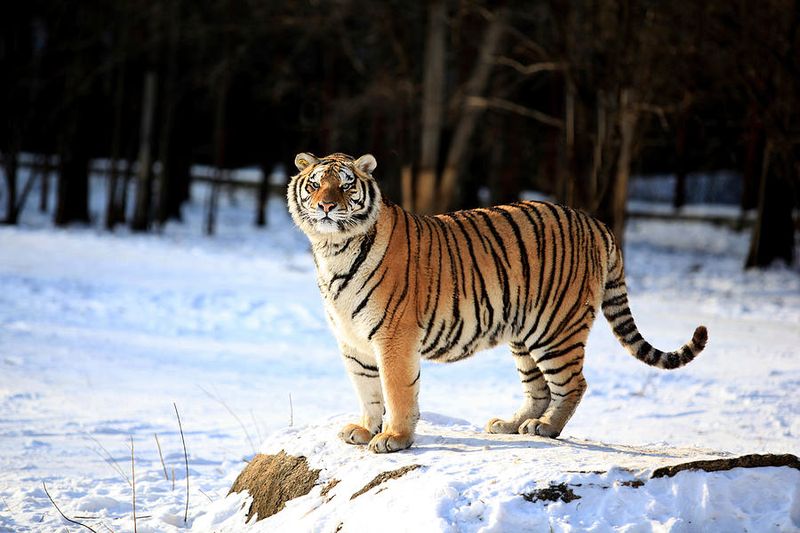
Ever felt the chill of a Siberian winter? The Siberian tiger calls this icy world home. Largest of all tiger subspecies, it has a thick coat to combat the cold.
Found in the Russian Far East, these solitary cats are powerful hunters. With broad paws for walking on snow, they’re well adapted to their environment. Their striking appearance is matched by their fierce reputation.
2. Lion
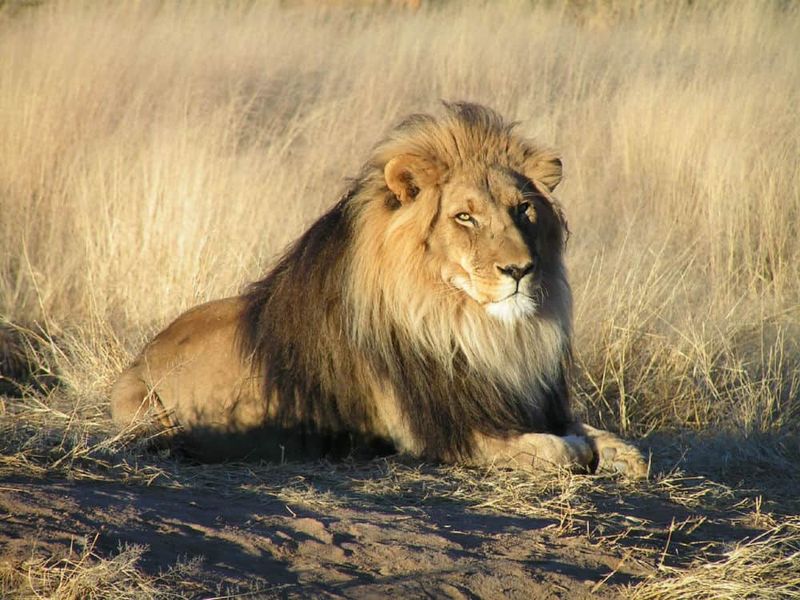
The roar of a lion is a sound that demands attention. Known as the king of the jungle, lions are the only social big cats, living in prides. Their majestic manes and imposing presence set them apart.
Found mainly in Africa, lions are apex predators, relying on teamwork to hunt. Despite their fearsome reputation, they spend much of their day resting and conserving energy.
1. Black-Footed Cat

Small but mighty, the black-footed cat is Africa’s deadliest feline predator. Don’t let its size fool you; this tiny cat has a high success rate in hunting. Known for its nocturnal lifestyle, it prowls the desert night.
Its distinctive black markings and sandy coat offer perfect camouflage. Despite their independent nature, these cats are incredibly efficient hunters, making them a force to be reckoned with.



